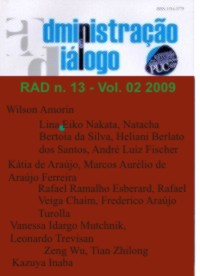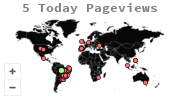CUSTOS DE PRODUÇÃO COMO DIFERENCIAL ESTRATÉGICO: O CASO DO SETOR SUCROALCOOLEIRO
DOI:
https://doi.org/10.20946/rad.v11i2.2728Abstract
Este artigo objetivou identificar baseado em uma análise de custos, qual deveria ser o melhor nível de produção de duas plantas produtivas do setor sucroalcooleiro brasileiro, para que houvesse ganhos de economia de escala. Para isso, os autores optaram por fazer um estudo no setor sucroalcooleiro brasileiro e a partir dos dados obtidos, sustentado por um referencial teórico econômico, escolheram duas usinas de cana-de-açúcar localizadas na cidade de Novo Horizonte, interior do Estado de São Paulo para aplicarem as análises. Optou-se por usinas situadas em uma mesma região para que não houvesse grande divergência entre as características das usinas, dando destaque para a unidade produtora de ambas. Enquanto a Usina São José da Estiva opera atualmente com uma única unidade produtora, a Usina Santa Isabel trabalha com duas. As conclusões foram também suportadas por entrevistas diretas a profissionais ligados às usinas.Metrics
Downloads
Published
How to Cite
Issue
Section
License
Authors who publish in this journal agree to the following terms:
1. Authors retain the copyright and grant the journal the right of first publication, with the work licensed simultaneously under a Creative Commons Attribution License after publication, allowing the sharing of work with acknowledgment of the authorship of the work and initial publication in this journal.
2. Authors are authorized to take additional contracts separately, for non-exclusive distribution of the version of the work published in this journal (eg publish in institutional repository or as a book chapter), with acknowledgment of authorship and initial publication in this journal.
3. Authors are allowed and encouraged to publish and distribute their work online (eg in institutional repositories or on their personal page) at any point before or during the editorial process, as this can generate productive changes, as well as increase the and the citation of the published work (See The Effect of Free Access).









